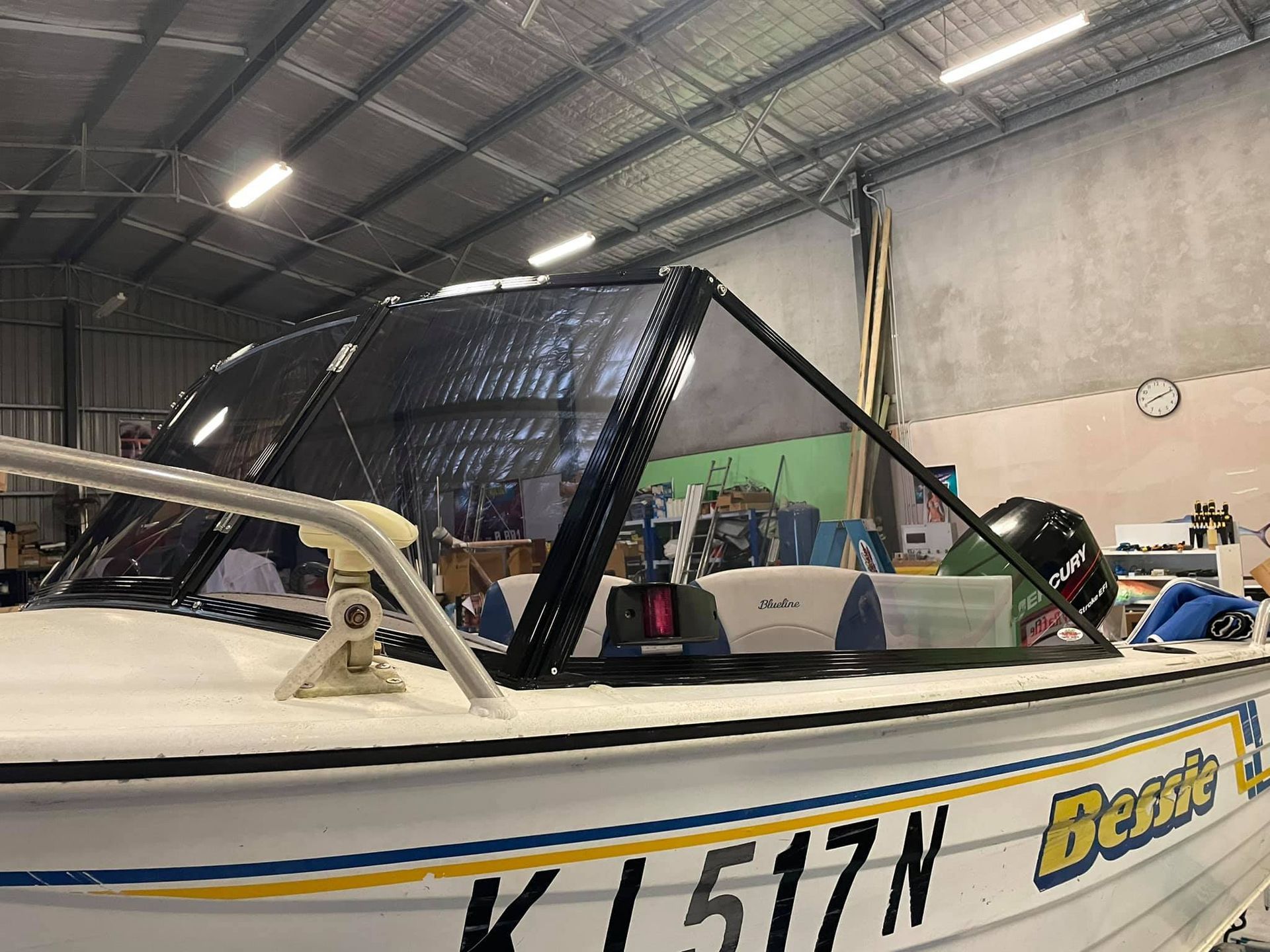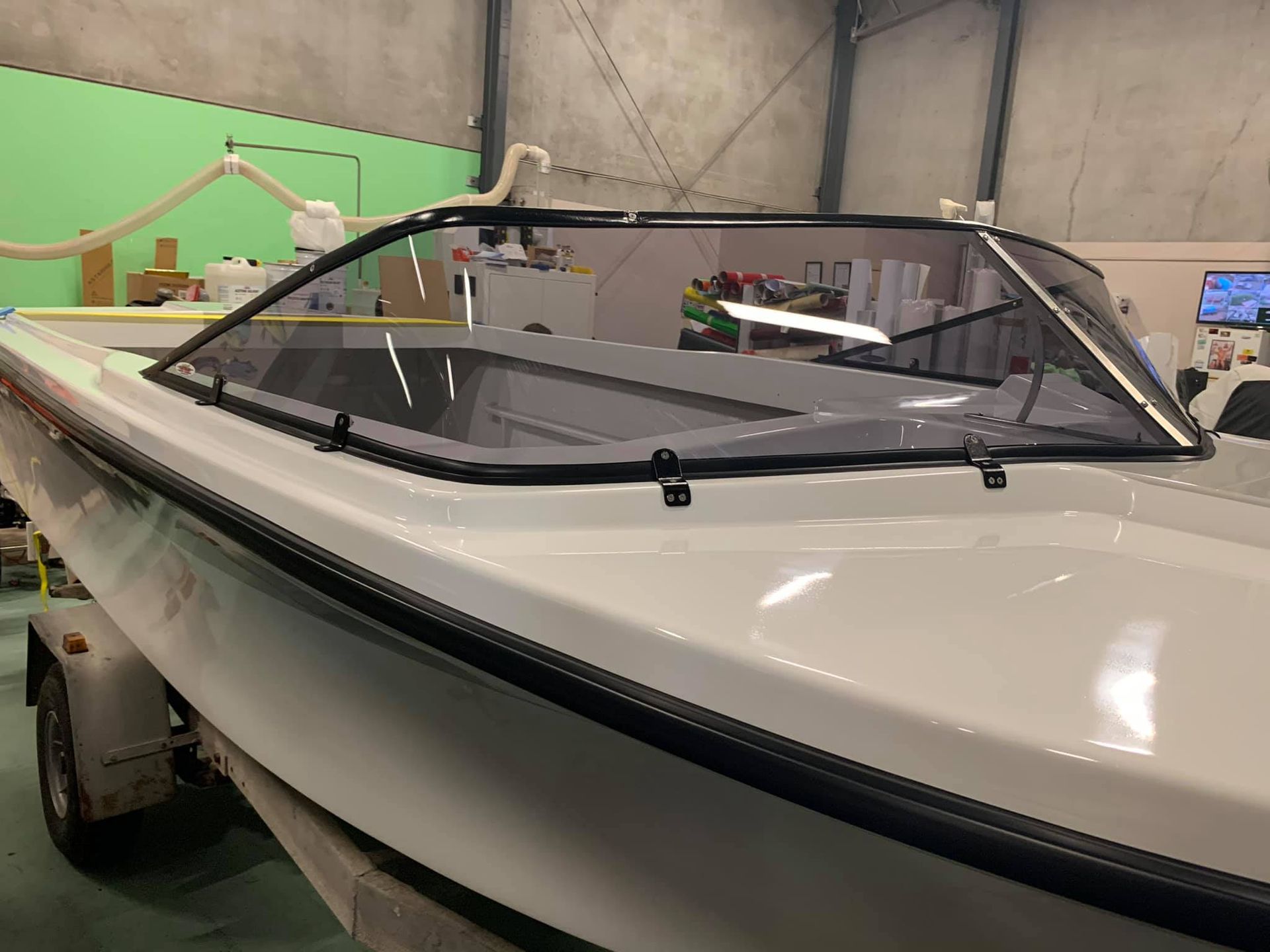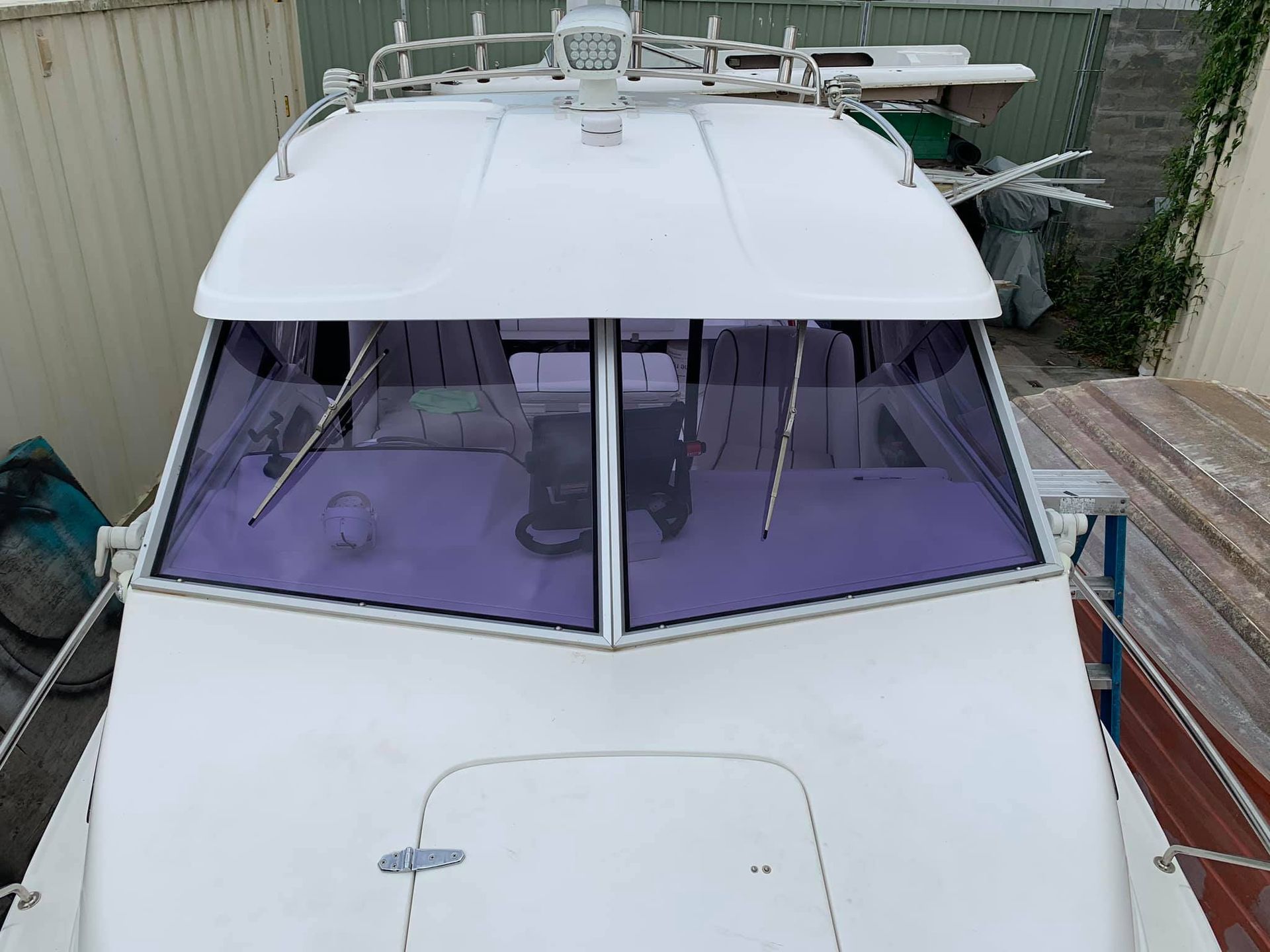Windscreen Replacement in Old Bar
Book a quote
Thank you for contacting Plastiglass.
We will be in touch soon.
Please try again later.
Old Bar Windscreen Replacement
In a beachside town like Old Bar, caravans and boats are constantly exposed to harsh coastal elements—including strong UV rays, salt spray, and fluctuating temperatures. Over time, these conditions can cause windscreens to become faded, brittle, or cracked, reducing visibility and compromising safety.
That’s why Plastiglass offers professional windscreen replacement services in Old Bar, specifically tailored to withstand the rigours of coastal living.
We custom cut and install UV-stable acrylic windscreens that resist yellowing, clouding, and weather-related damage.
Whether you're replacing a damaged window or upgrading an older model, our team provides seamless installations using durable, marine-grade materials. Every windscreen replacement is handled in-house to ensure precision, a clean finish, and faster turnaround times. Trusted by both local residents and seasonal travellers, our service combines clarity, performance, and reliability for boats and caravans of all types.
Contact (02) 6555 7633 today to book your windscreen replacement in Old Bar and enjoy the journey ahead with renewed confidence.
FAQs
Is windscreen replacement different for caravans and boats?
Yes, windscreen replacement for caravans and boats differs from standard cars in terms of materials and fitting techniques. While cars typically use laminated safety glass, caravans and boats often use acrylic or polycarbonate panels. These materials are lighter, UV-resistant, and better suited for curved shapes or mobile use. They’re also safer in off-road or marine conditions, as they won’t shatter like glass. Replacements usually involve custom cutting and shaping to fit the vehicle’s frame exactly. Sealants and fasteners may also differ, depending on the age and design of the boat or van. Professional fitting is recommended to ensure durability and weather protection.Windscreen cracks and chips are most commonly caused by small rocks or road debris striking the glass, especially while driving behind other vehicles at high speeds. The impact creates a point of weakness that can develop into a larger crack over time. Temperature fluctuations also play a role—sudden changes, such as pouring hot water on a frozen windscreen or using the defroster on high heat, can cause thermal stress that leads to cracking.
Other causes include poor installation, pressure stress from body flex or chassis movement, and environmental wear—particularly in coastal areas where salt air can degrade seals and materials. Tiny chips or scratches can spread further if left unrepaired, especially with exposure to moisture and vibration from driving. Over time, even minor damage can compromise the windscreen’s structural integrity, making timely inspection and repairs essential.
How do I care for my new windscreen after it’s been replaced?
Caring for a newly replaced windscreen is important to ensure long-lasting performance. For the first 24–48 hours, avoid washing the vehicle, especially with high-pressure hoses or automatic car washes, as this can disturb the adhesive. Leave a window slightly open to prevent pressure build-up inside the vehicle. Avoid slamming doors or driving on rough terrain immediately after installation. Over time, maintain the windscreen by regularly cleaning it with a soft cloth and a non-ammonia-based cleaner. Replace worn-out wiper blades to prevent scratching. For acrylic caravan or boat windscreens, use plastic-safe cleaning products and avoid abrasive cloths to preserve clarity and prevent clouding.
Can I get my windscreen replaced at home or do I need to visit a workshop?
In many cases, windscreen replacement can be completed at your home or workplace through a mobile service, especially for standard cars and simple installations. Mobile technicians carry the tools and materials needed to remove the damaged windscreen and install a new one on-site. However, more complex jobs—such as vehicles with ADAS systems, custom-shaped screens, or large caravans—may be better suited for workshop installation, where environmental conditions and equipment are controlled. If weather conditions are poor, such as heavy rain or high humidity, mobile services may need to reschedule or find a covered location to ensure proper installation and adhesive curing.Windscreen replacement can still be done in wet or cold conditions, but certain precautions are necessary. Cold weather can slow down the adhesive curing time, while rain or humidity may interfere with proper bonding if not handled correctly. Professional installers often use specialised adhesives designed for lower temperatures and will ensure the vehicle is protected from moisture during installation. In some cases, they may use heated workshops, pop-up shelters, or delay the job slightly to ensure safety and quality aren’t compromised. For mobile replacements, weather conditions are factored into timing and site selection.










